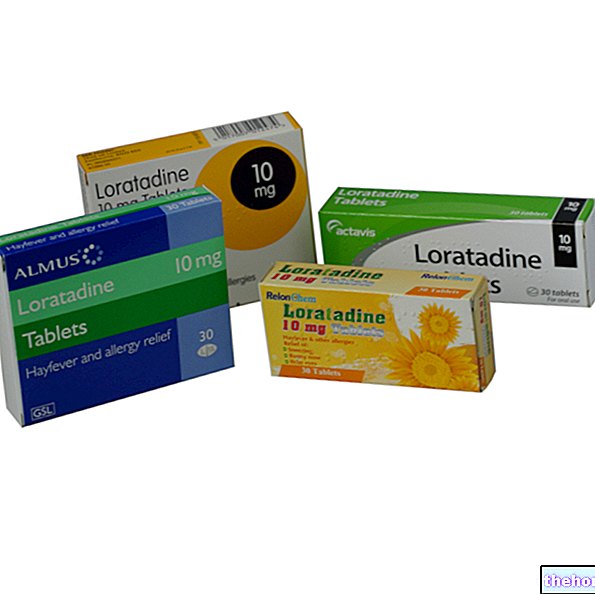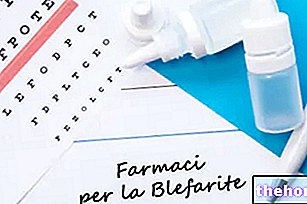
What is Corbilta and what is it used for - levodopa, carbidopa, entacapone?
Corbilta is a medicine containing three active substances: levodopa, carbidopa and entacapone. It is indicated for the treatment of adult patients with Parkinson's disease, a progressive mental disorder that causes tremor, slow movement and muscle stiffness. Corbilta is used in patients being treated with a combination of levodopa and a dopa decarboxylase inhibitor (two standard treatments for Parkinson's disease) who have 'fluctuations' towards the end of the time interval between two doses. Fluctuations occur when the effects of treatment wear off and symptoms recur. They are linked to a reduction in the effects of levodopa, and the patient suddenly switches from "on" phases, in which he is able to move, to "off" phases. in which you have difficulty moving. Corbilta is used in cases where these fluctuations cannot be treated with the standard combination alone. This medicine is the same as Stalevo, which is already authorized in the European Union (EU). The manufacturer of Stalevo has accepted that its scientific data can be used for Corbilta ("informed consent").
How is Corbilta used - levodopa, carbidopa, entacapone?
Corbilta is available in a range of tablets in seven strengths, containing 50 to 200 mg of levodopa and 12.5 to 50 mg of carbidopa. All tablets contain 200 mg of entacapone. The dosage of Corbilta that the patient should take depends on the amount of levodopa needed to control the symptoms. For full instructions on how to switch to Corbilta therapy and adjust the dose during treatment, see the Summary of Product Characteristics (included in the EPAR).
The maximum daily dose of Corbilta is 10 tablets, except for tablets which contain 175 mg of levodopa and 43.75 mg of carbidopa and for tablets which contain 200 mg of levodopa and 50 mg of carbidopa, in which case the maximum dose daily is eight and seven tablets respectively. The medicine can only be obtained with a prescription.
How does Corbilta work - levodopa, carbidopa, entacapone?
In patients with Parkinson's disease, the brain cells that produce the neurotransmitter dopamine begin to die and the amount of dopamine in the brain decreases. Patients therefore lose the ability to reliably control their movements. All the active ingredients in Corbilta help restore dopamine levels in the areas of the brain responsible for controlling movement and coordination. Levodopa turns into dopamine in the brain. Both carbidopa and entacapone block some of the enzymes involved in the breakdown of levodopa in the body: carbidopa blocks the dopa decarboxylase enzyme, while entacapone blocks the enzyme catechol-O-methyltransferase (COMT). Consequently, levodopa remains active longer and longer. this helps to improve the symptoms of Parkinson's disease, such as muscle stiffness and slowness of movement. Entacapone has been authorized in the European Union (EU) under the name Comtess / Comtan since 1998. The use of combinations of levodopa and carbidopa, since the mid-1970s, it is now well established. Thanks to the combination of all three active ingredients in a single tablet, the number of tablets to be taken is less and this helps patients to stick to the therapeutic regimen.
What benefit has Corbilta shown - levodopa, carbidopa, entacapone shown during the studies?
The company used some of the data from Comtess / Comtan (entacapone) to support the use of Corbilta and presented data from the published literature regarding the combination of levodopa and carbidopa. The company also performed 'bioequivalence' studies for demonstrate that taking Corbilta produces the same levels of levodopa, carbidopa and entacapone in the blood as obtained by taking separate tablets containing entacapone and the combination of levodopa and carbidopa.
What is the risk associated with Corbilta - levodopa, carbidopa, entacapone?
The most common side effects with Corbilta (which may affect more than 1 in 10 people) are dyskinesia (involuntary movements), aggravated parkinsonism (worsening of Parkinson's disease), nausea and harmless discoloration of the urine. Serious side effects reported much more rarely include gastrointestinal haemorrhage (bleeding in the gut) and angioedema (swelling under the skin of the face or limbs). For the full list of side effects reported with Corbilta, see the package leaflet. Corbilta must not be used in patients with:
- severely reduced liver function;
- closed-angle glaucoma (increased intraocular pressure);
- pheochromocytoma (a tumor of the adrenal gland);
- a "history of neuroleptic malignant syndrome (a dangerous nervous system disorder usually caused by antipsychotic drugs) or rhabdomyolysis (breakdown of muscle fibers).
Corbilta must not be used together with other medicines belonging to the group of 'monoamine oxidase inhibitors' (a type of antidepressant). For more details, see the Summary of Product Characteristics (included in the EPAR). For the full list of restrictions, see the package leaflet.
Why has Corbilta been approved - levodopa, carbidopa, entacapone?
The Agency's Committee for Medicinal Products for Human Use (CHMP) decided that Corbilta's benefits are greater than its risks and recommended that it be approved for use in the EU.
What measures are being taken to ensure the safe and effective use of Corbilta - levodopa, carbidopa, entacapone?
A risk management plan has been developed to ensure that Corbilta is used as safely as possible. Based on this plan, safety information has been added to the summary of product characteristics and package leaflet for Corbilta, including the appropriate precautions to be followed by healthcare professionals and patients.
Other information about Corbilta - levodopa, carbidopa, entacapone
On November 13, 2013, the European Commission issued a "Marketing Authorization" for Corbilta, valid throughout the European Union. For more information on treatment with Corbilta, read the package leaflet (included with the EPAR) or consult your doctor. or the pharmacist. Last update of this summary: 10-2014.
The information on Corbilta - levodopa, carbidopa, entacapone published on this page may be out of date or incomplete. For a correct use of this information, see the Disclaimer and useful information page.




























